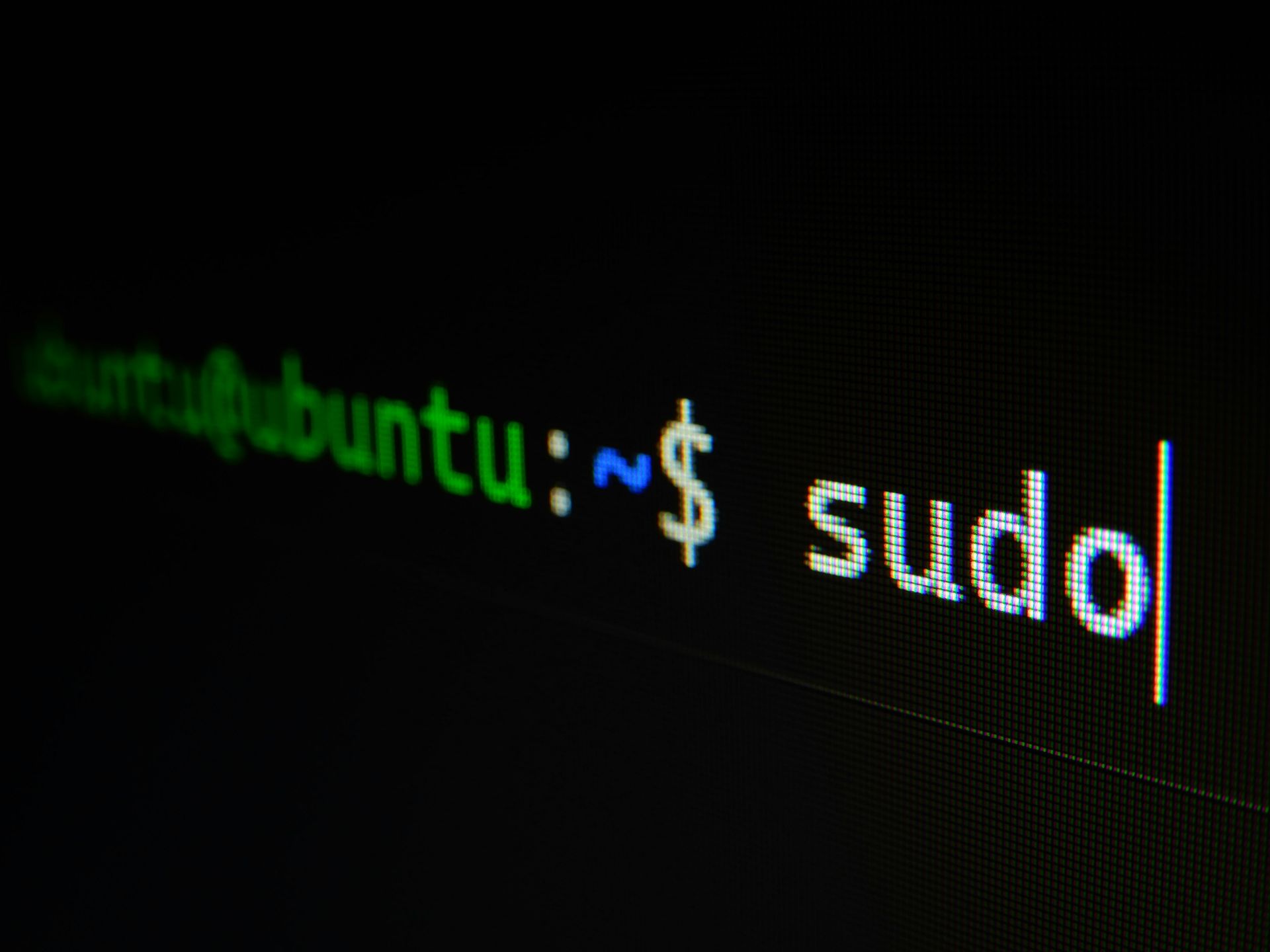Cybersecurity is a constant battle nowadays. Threats lurk in every corner, and even widely used operating systems like Linux aren’t immune.
Recently, a hidden backdoor lurking within a popular compression tool threatened to wreak havoc on Linux systems worldwide.
Fortunately, a dedicated volunteer’s vigilance averted disaster.
Linux backdoor XZ utils were the quiet threat
XZ Utils is a commonplace compression format used in many Linux distributions. It handles the compression and decompression of files, a routine task for computer users. Unfortunately, someone had snuck malicious code—a backdoor—into an older version of this software. A backdoor is like a hidden entrance that allows attackers to gain unauthorized access to a system.
Had this compromised version of XZ Utils found its way into mainstream Linux distributions, the consequences could have been severe. Attackers could have potentially exploited it to steal sensitive data, install malware, or carry out other harmful actions on countless Linux systems.
The hero off the clock
The hero in this story is an off-duty Microsoft employee. This dedicated individual wasn’t even looking for vulnerabilities in Linux when they stumbled upon signs of the backdoor in the XZ Utils code. Recognizing the danger, they quickly alerted the Linux community and the XZ Utils maintainers.
This swift action sparked a flurry of activity. The XZ Utils maintainers immediately removed the malicious code and released a patched version of the software. Linux distributions rapidly updated their packages to include the secure version. The potential crisis was averted, thanks to a single vigilant person working outside their usual job description.
AndresFreundTec, our hero, has shared how he acknowledged the situation moment by moment with the following words on Mastodon.
The invisible war
Backdoors are a particularly insidious cybersecurity threat. They are intentionally hidden within software, allowing attackers to bypass normal security mechanisms and slip into systems unnoticed. Imagine a locked house with a secret window that only a thief knows about – that’s essentially what a backdoor does.
Once inside a system, attackers with backdoor access can wreak havoc.
They can:
- Steal sensitive data: Access confidential files, passwords, or other private information
- Install malware: Introduce viruses, ransomware, or other malicious software to wreak havoc
- Gain control: Take over the system, using it for further attacks or to join it into a botnet (a network of compromised computers)

Protecting Linux: What happened next?
The discovery of the XZ Utils backdoor sent ripples through the Linux community.
Here’s what happened in the aftermath:
- Investigation: Security experts scrutinized the incident to determine how the backdoor was introduced into the code.
- Vulnerability alerts: Information about the backdoor and the patch was widely shared to help Linux users and administrators take immediate action.
- Software review: Heightened attention to code reviews to find and weed out similar potential vulnerabilities in the future.
Openness and vigilance are key
This incident highlights the importance of two key pillars of cybersecurity, particularly in the world of open-source software like Linux:
- Collaboration: The open-source model fosters collaboration. It allows individuals from anywhere in the world to contribute to and review code, increasing the chances of spotting vulnerabilities.
- Staying vigilant: Even widely used and trusted software can be vulnerable. This incident is a good reminder to never become complacent about cybersecurity.
Let this story be a reminder – online safety relies not just on sophisticated technology, but on the watchful eyes of experts and everyday individuals alike.





